The tiger—majestic, elusive, and fierce—once haunted vast stretches of Asia’s wildest lands. Now, with every year, their world grows smaller. It’s a sobering thought: for two decades, researchers have quietly tracked tigers’ every step, using GPS collars and satellites overhead. The maps they’ve drawn are beautiful and heartbreaking all at once, revealing the tiger’s shrinking realm. This isn’t just about numbers on a spreadsheet. It’s about home, survival, and the raw pulse of wild nature. If you’ve ever felt awe at a tiger’s gaze or wondered how close we are to losing them forever, this story is for you. Let’s walk in their footsteps and see what 20 years of data truly reveals—one paw print at a time.
The Vanishing Wilderness

Imagine a world where forests sprawl endlessly, tigers slipping unseen between the trees. That world is fading. Over the last 20 years, GPS tracking has shown us how much wild space tigers have lost. What once seemed limitless now feels heartbreakingly small. Their habitats aren’t just shrinking—they’re breaking apart, like shattered glass. Every patch of lost forest means fewer places to hunt, hide, and raise cubs. For tigers, the loss isn’t just territory; it’s safety, family, and future. The data doesn’t lie: wild, connected landscapes are becoming rare. And with each vanishing stretch of wilderness, we lose not just tigers, but something wild and irreplaceable in ourselves.
Corridors: The Highways of Hope

Tigers aren’t homebodies. They roam vast distances, especially young males searching for new territory. GPS data reveals how vital wildlife corridors are—those thin threads of green that link one forest patch to another. Without them, tigers are trapped, cut off from mates and new lands. It’s like living in a city with all the roads blocked. Corridors keep hope alive, letting tigers disperse, mix genes, and avoid deadly conflicts. But as farms, roads, and towns expand, these lifelines are vanishing fast. Protecting corridors isn’t just a technical fix; it’s a promise to keep the tiger’s world whole.
From Mountains to Mangroves
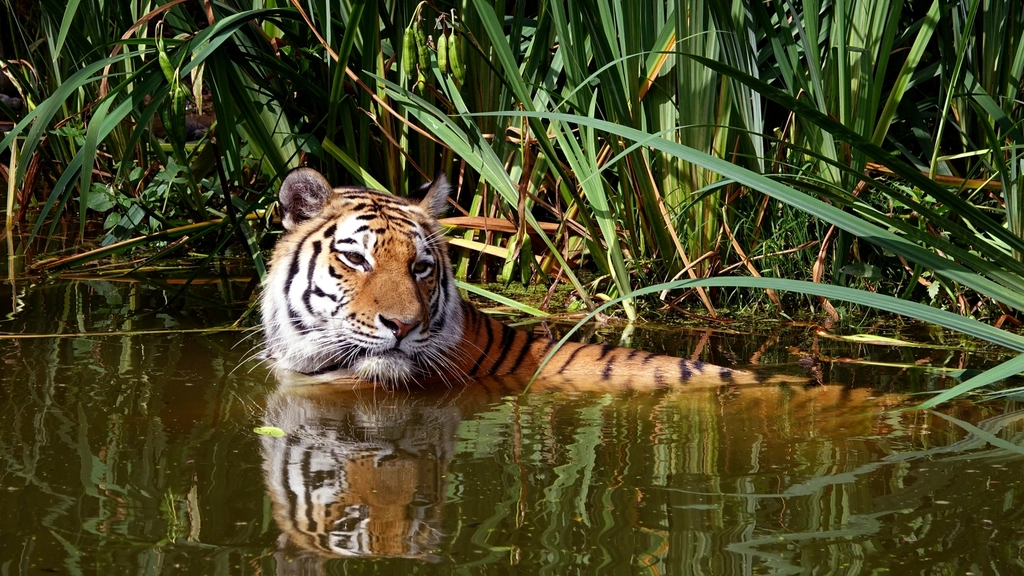
One of the most surprising findings from years of GPS data is just how adaptable tigers can be. They’ve been tracked padding through icy Himalayan foothills, steamy mangrove swamps, and dense tropical jungles. Everywhere, their needs are the same: space, prey, and quiet. But as their range shrinks, tigers are squeezed into ever stranger, smaller pockets of land. Some even prowl the edges of villages or cross busy highways. Their resilience is inspiring, but it’s also a warning. No matter how tough, even the tiger has limits if its home keeps shrinking.
The Secret Lives of Stripes
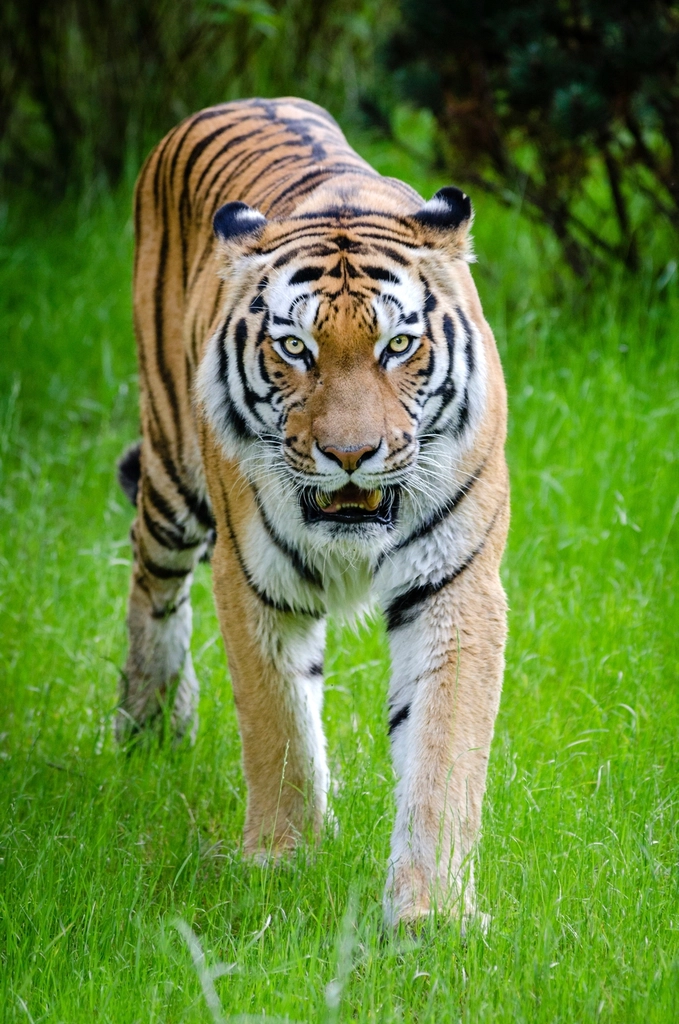
Before GPS collars, much of a tiger’s life was pure mystery. Now, we know their days are filled with long walks, secret hunts, and careful patrols of home turf. The data tells stories of mothers leading cubs to water, young tigers exploring, and old males staking out boundaries. It’s intimate—like reading a diary written in footsteps. But it’s bittersweet, too. As ranges shrink, these secret lives become even more fragile, like private worlds under siege. Understanding their daily routines helps us protect them, but it also reminds us what’s at stake if we don’t.
Ghosts in Empty Forests
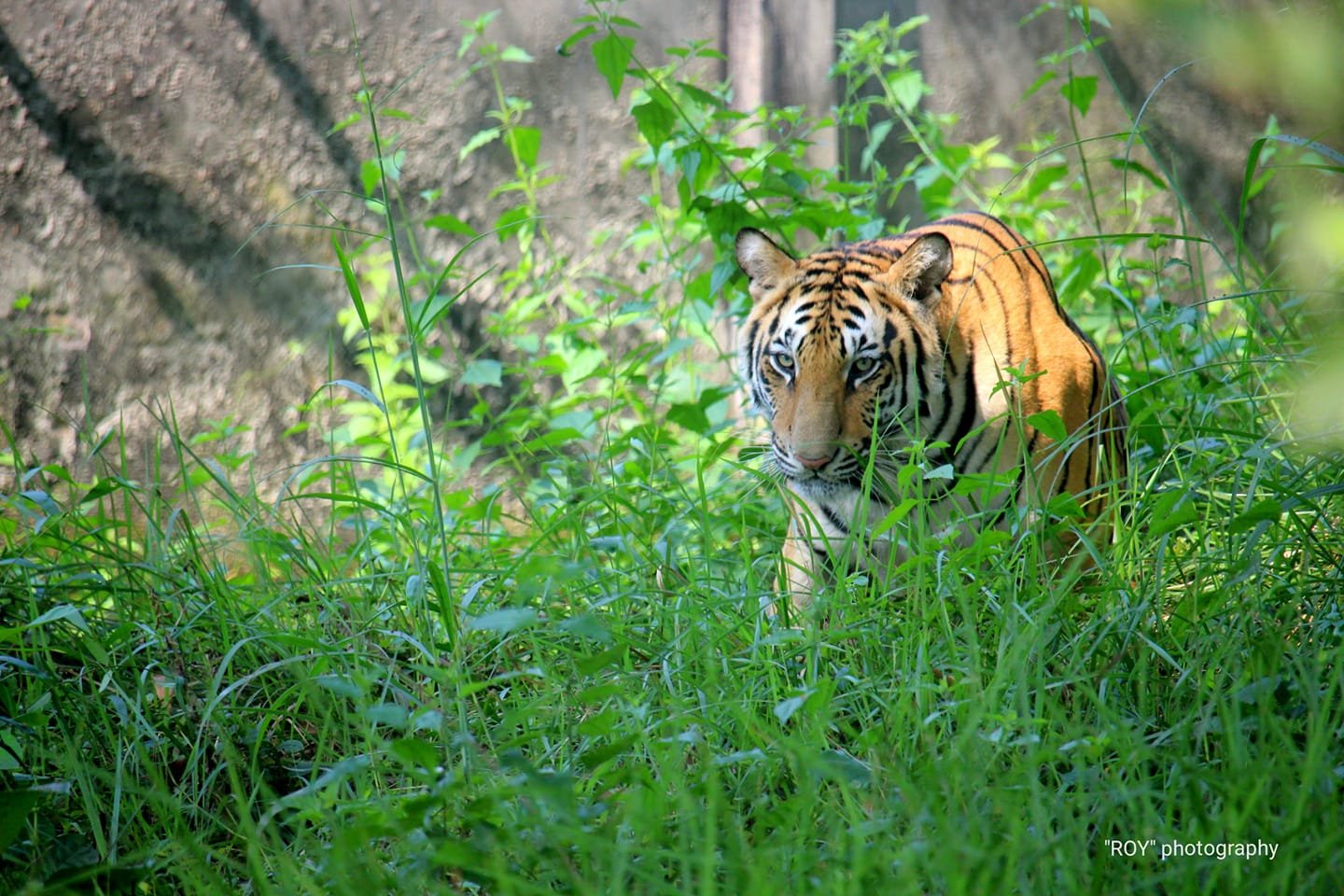
Some forests look perfectly wild but are strangely silent—no tiger tracks, no distant roars. GPS data paints a chilling picture: these are “empty forests,” places where tigers once roamed but have vanished. Sometimes it’s poaching, sometimes just too little space. It’s like finding an abandoned home, beautiful but lifeless. The silence feels heavy, a warning of what could happen elsewhere. Bringing tigers back to these empty forests is possible, but only if we act before the silence spreads. The ghosts of these lost tigers haunt every conservationist’s dreams.
Prey on the Decline

A tiger’s world isn’t just about trees and rivers—it’s about what lives there, too. GPS collars show tigers walking further and further to find food. Deer, wild pigs, and other prey are disappearing, often hunted by people or pushed out by cattle. Every extra mile a tiger travels for a meal means more risk—of fighting with neighbors, crossing roads, or bumping into humans. You can almost feel their hunger in the data, long restless journeys for a single meal. Saving tigers means saving their dinner, too. Without prey, even the most beautiful forest becomes a wasteland.
The Danger Zones
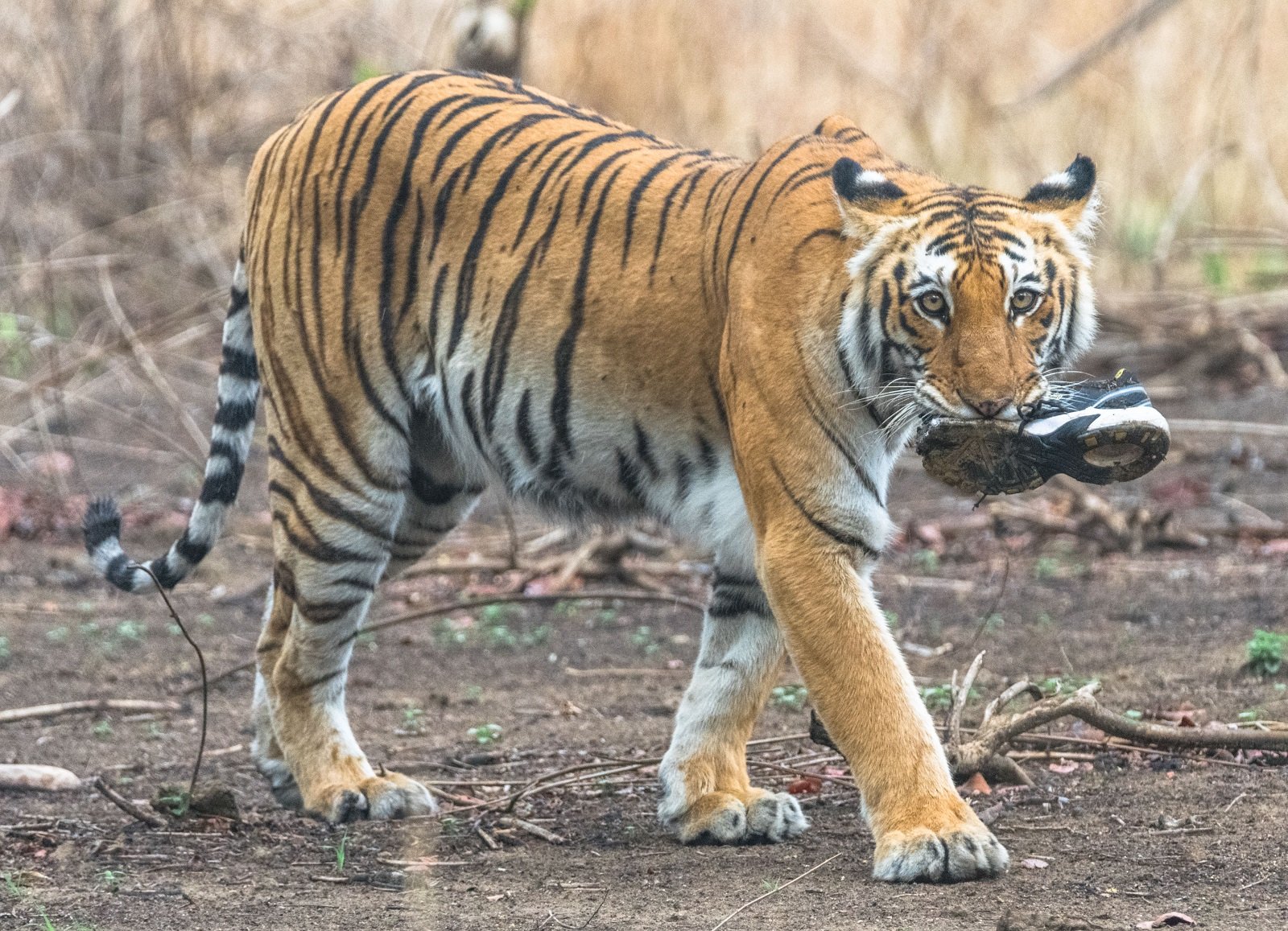
Some patches of forest are deadly. GPS tracks show tigers avoiding certain places—near villages, busy roads, or poaching hotspots. These “danger zones” are growing as people and infrastructure push deeper into the wild. Sometimes, a single road slices through a tiger’s range, forcing the animal to risk crossing or turn back. The data reveals how tigers learn to skirt these perils, but also how often they’re trapped. It’s a daily gamble, and not all tigers survive. Every danger zone is a reminder that protection needs to be more than a line on a map.
Female Tigers: Queens of the Territory
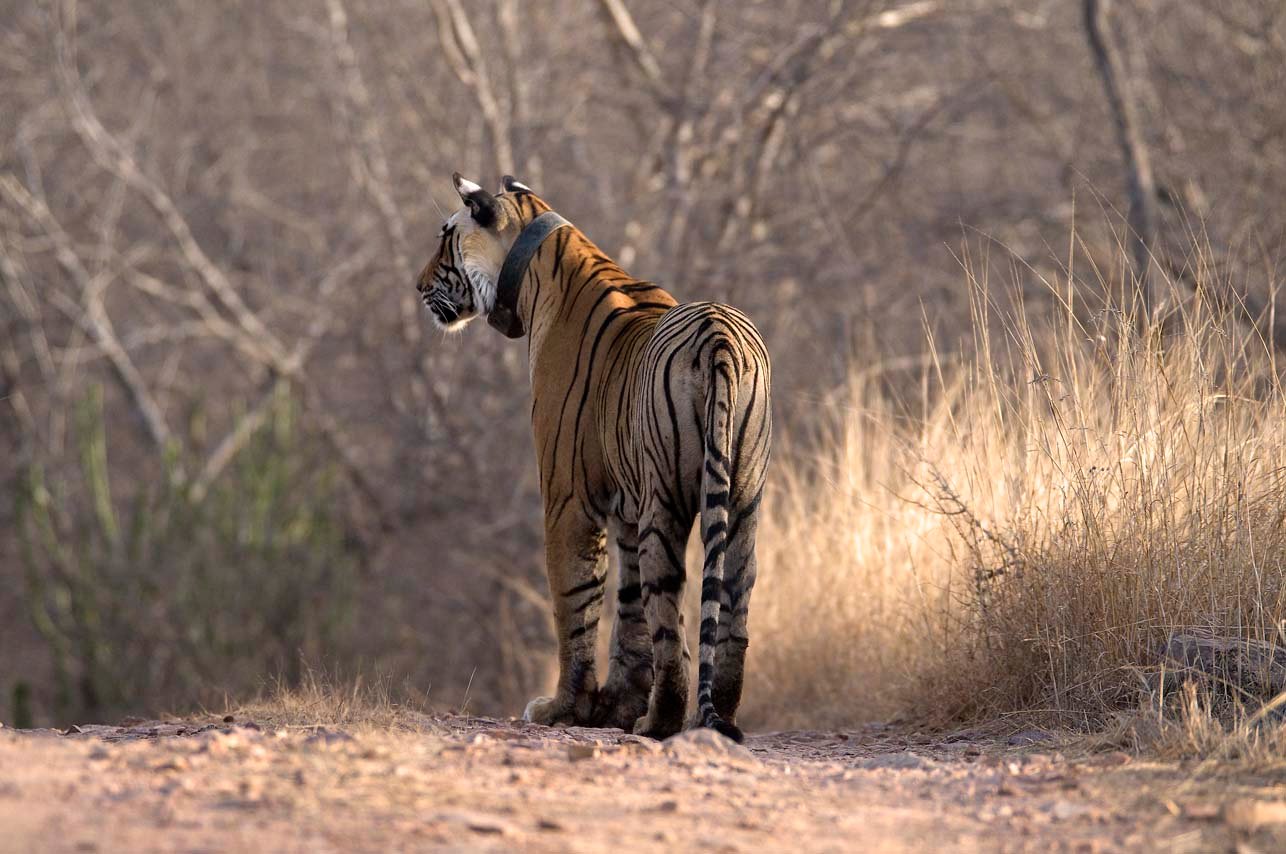
Female tigers are the heart of any population. GPS data shows how fiercely they defend their home ranges, especially when raising cubs. A mother’s territory is her fortress, fiercely guarded but shrinking year by year. When her space is lost to farms or roads, it’s not just her life at risk—her cubs, and the future of her family line, hang in the balance. Watching a mother’s movements, the data tells a story of protection and sacrifice. When we protect female tigers and their territories, we protect the next generation, too.
Young Wanderers
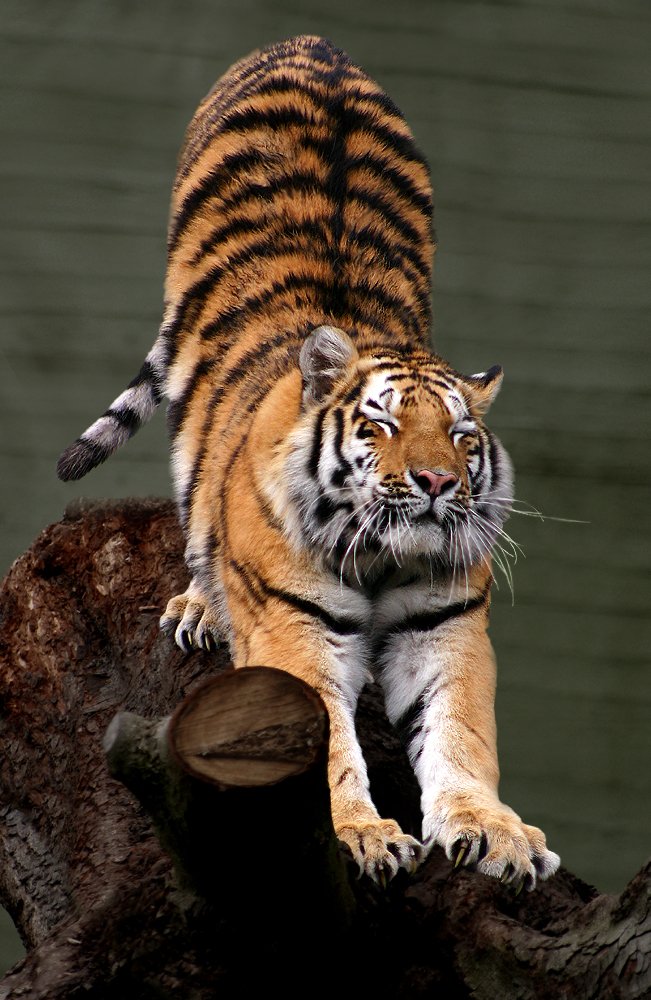
When young tigers leave their mother, their journey is perilous. GPS collars have tracked some wandering astonishing distances—crossing rivers, highways, even farmland—in search of a place to call their own. Their courage is breathtaking, but so is the risk. Many never find safe territory, lost to accidents or conflict. Each journey traced by GPS is a story of hope and danger. These young wanderers are the future, but only if we make sure there’s still a wild world for them to inherit.
The Shadow of Poaching
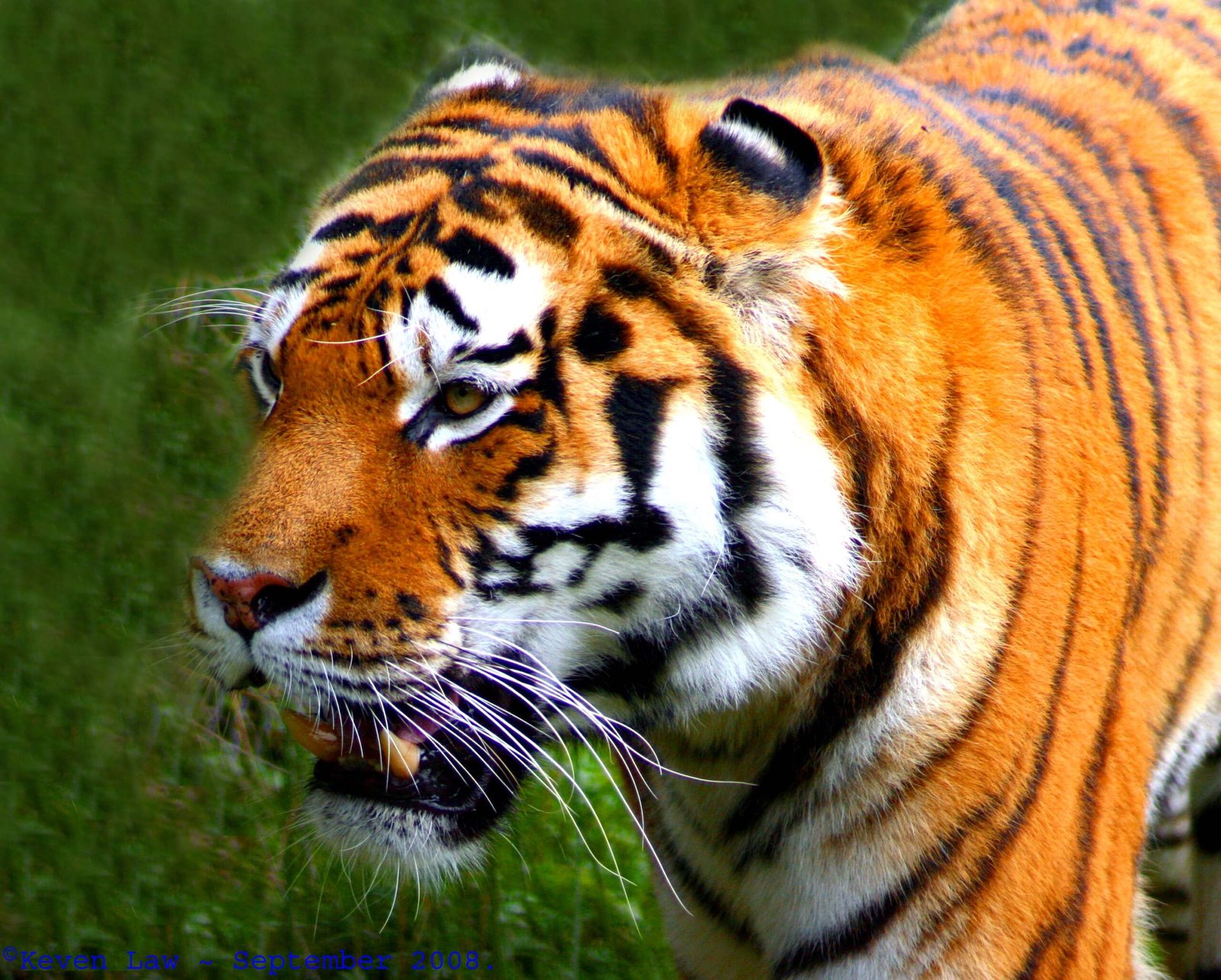
Poaching is a silent, deadly threat. Sometimes a tiger’s GPS signal just stops, abruptly and forever. The cause? Often a poacher’s snare or bullet. The data reveals patterns—places where tigers vanish again and again. For every tracked tiger lost, there are dozens more we never see. It’s a gut punch, a reminder that technology can’t save tigers alone. But these data points become rallying cries—evidence that can focus patrols and protect the living. Every lost tiger is a call to do better.
Seasonal Movements
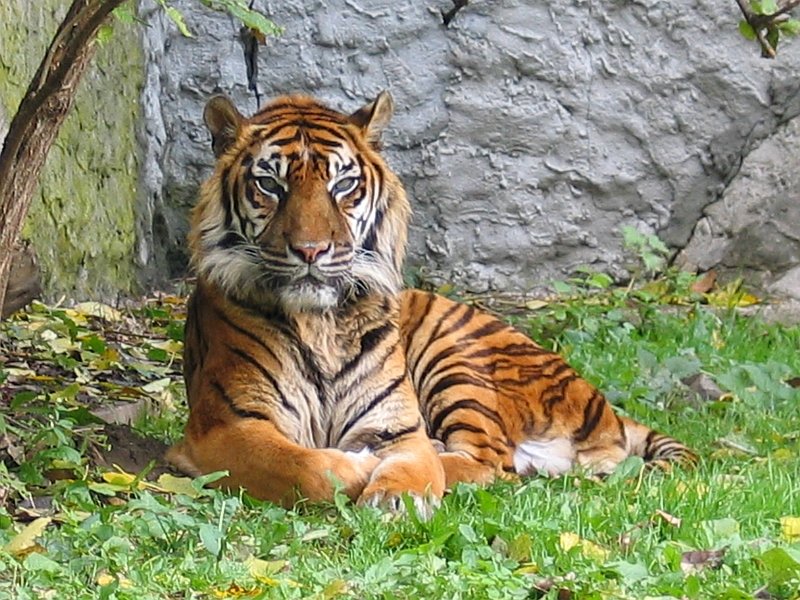
Tigers don’t just roam at random; their GPS tracks shift with the seasons. Some follow rivers during drought, others climb to cool hills in the heat. These patterns are ancient, woven into the rhythm of the land. But as climate change brings harsher droughts and floods, tigers’ seasonal paths are disrupted. Where do you go when your old trails are gone? The data helps us understand these changes—and maybe find new ways to help tigers adapt. Their dance with the seasons is both beautiful and fragile.
Human-Tiger Encounters

The line between tiger and human worlds is thinner than ever. GPS data sometimes shows tigers venturing close to villages, especially when their usual prey is scarce. It’s a risky move—conflict can end in tragedy for both sides. Still, many tigers manage to slip by unseen, ghostly presences at the edge of human life. These encounters are a reminder that conservation is about coexistence, not just fences. The closer we live, the more carefully we must share the land.
National Borders, Natural Barriers

Tigers don’t care about political borders. But GPS collars show how invisible lines—between India and Bangladesh, for example—can become real barriers. Different laws, patrols, and land use make some borders impassable for tigers. It’s heartbreaking to see a tiger’s path stop at a fence or a checkpoint. True protection means countries working together, not just drawing lines on a map. The tiger’s range is a living thing, and it ignores our boundaries.
Urban Tigers: Life on the Edge

A few bold tigers have learned to survive on the very edge of cities, slipping through plantations and abandoned lots. GPS data reveals the surprising resilience of these urban tigers. But city life is a minefield—cars, people, pollution, and noise. Every day is a tightrope walk. These tigers are survivors, but they’re also a warning. If wild spaces vanish, cities may be the only place left. The thought is both awe-inspiring and deeply unsettling.
Protecting the Little Kingdoms
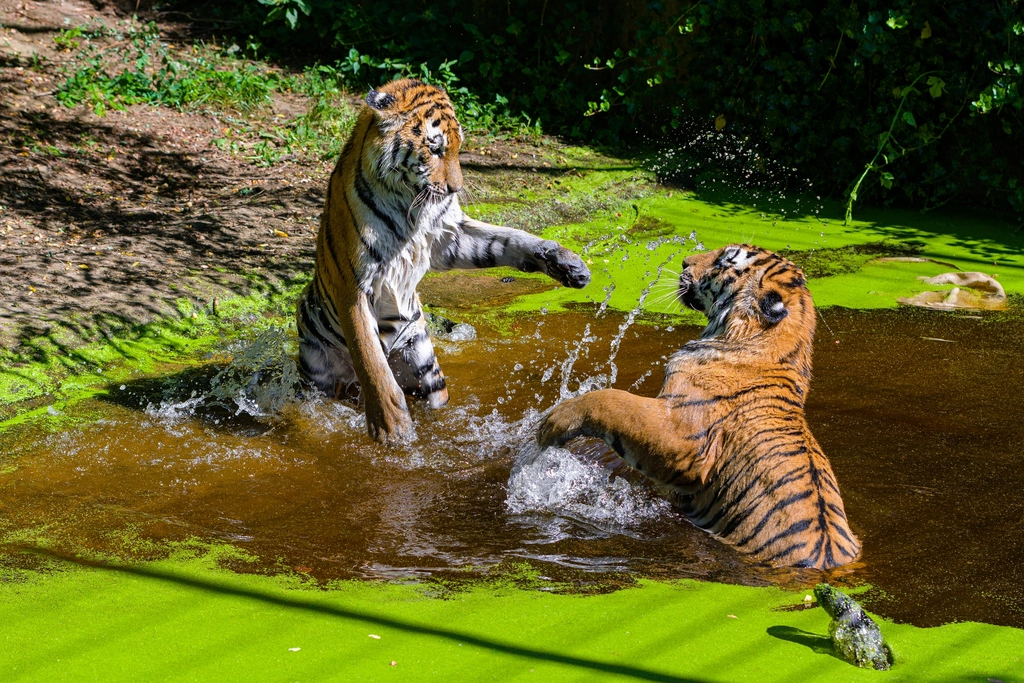
As big forests disappear, many tigers are left ruling tiny “kingdoms”—small reserves, parks, or forest patches. GPS tracking shows how these isolated tigers cling to survival, but also how quickly their worlds can unravel. Inbreeding, disease, and human disturbance loom large. Yet, these little kingdoms can be lifelines if they’re connected by corridors. Each patch of protected land is a promise that the wild still has a place, no matter how small.
The Importance of Water
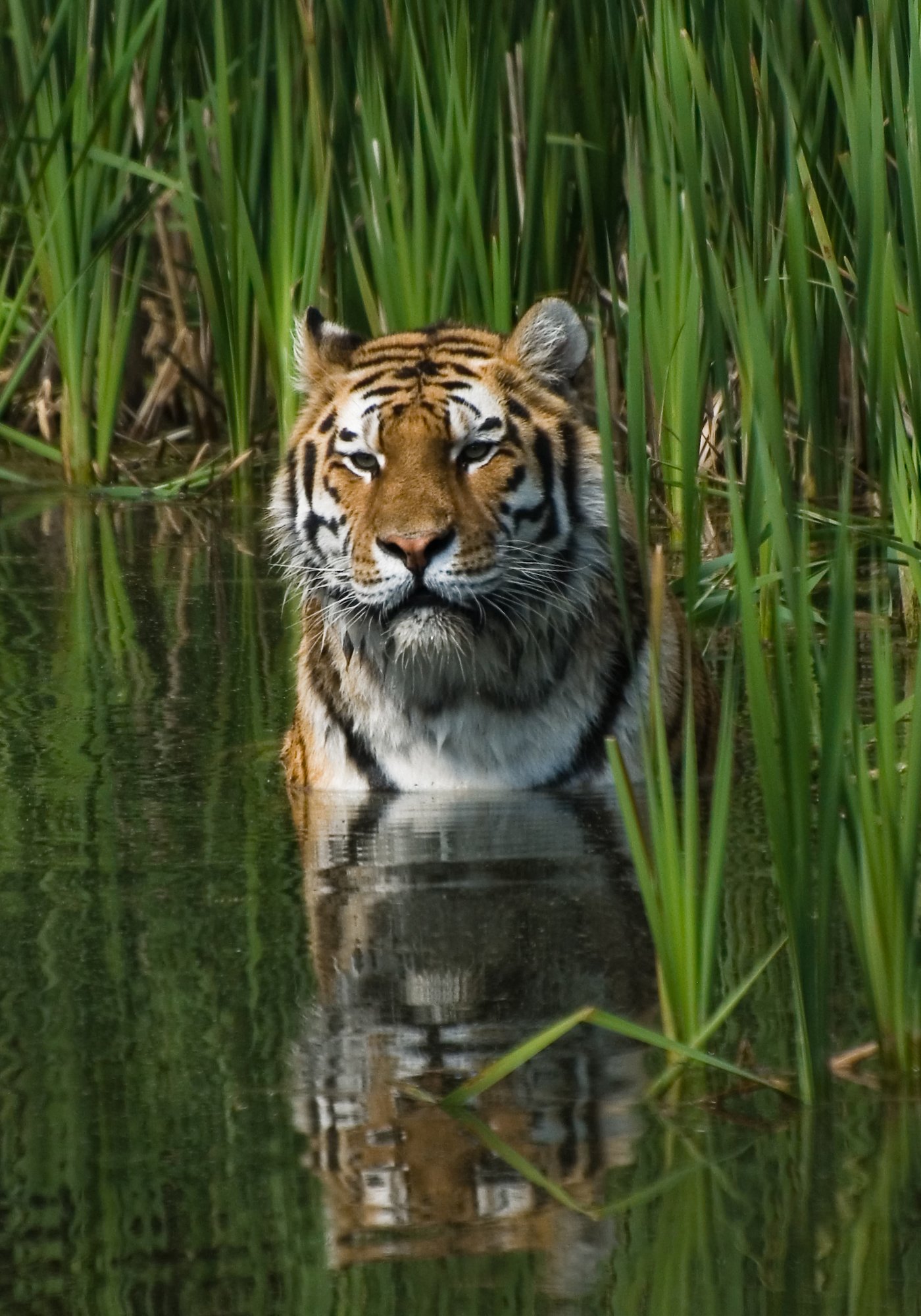
Tigers love water—swimming, lounging, or stalking prey at riverbanks. GPS data shows that water sources are magnets for tiger activity. But as rivers dry up or are diverted for farms, these lifelines disappear. A thirsty tiger is a desperate one, forced to roam farther and risk more. Protecting water isn’t just about tigers; it’s about every living thing that depends on these streams and ponds. In a changing climate, water is the key to survival.
Hidden Gems: Unknown Populations
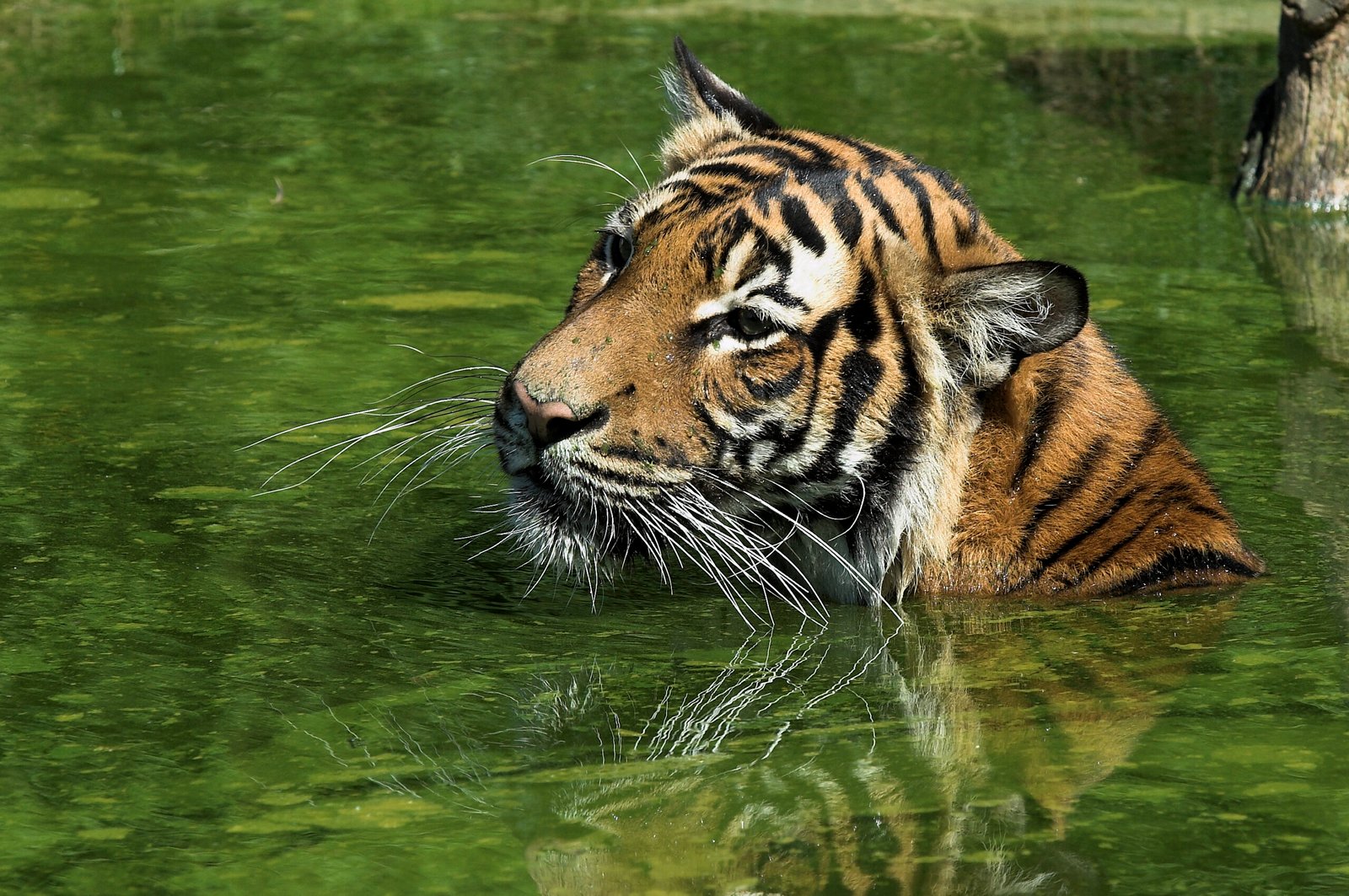
Sometimes, GPS studies uncover surprises—hidden groups of tigers living where no one expected. These “hidden gems” offer hope, showing that tigers are tougher and more adaptable than we imagine. But their secrecy is a double-edged sword; undiscovered populations can vanish before we even know they exist. The thrill of finding a new tiger haunt is matched by the urgency to protect it, quickly and quietly, before it’s too late.
Technology as a Double-Edged Sword

GPS collars are powerful tools, but they bring risks, too. Poachers sometimes use tracking data to hunt tigers. Collaring itself can stress the animals. Every advance in technology is a trade-off—more knowledge, more responsibility. Used wisely, GPS tracking is a lifeline for conservation. Used carelessly, it can do harm. The lesson is simple: respect the tiger’s privacy as fiercely as its wildness.
Community Guardians

Some of the most effective tiger protectors aren’t scientists, but local people living in or near tiger country. GPS data helps train and empower these “community guardians,” guiding patrols to hotspots and helping spot danger early. When villagers become partners, not just bystanders, tigers do better. It’s a reminder that conservation isn’t just about technology or laws—it’s about trust, respect, and shared purpose. The tiger’s fate is everyone’s business.
Signs of Recovery
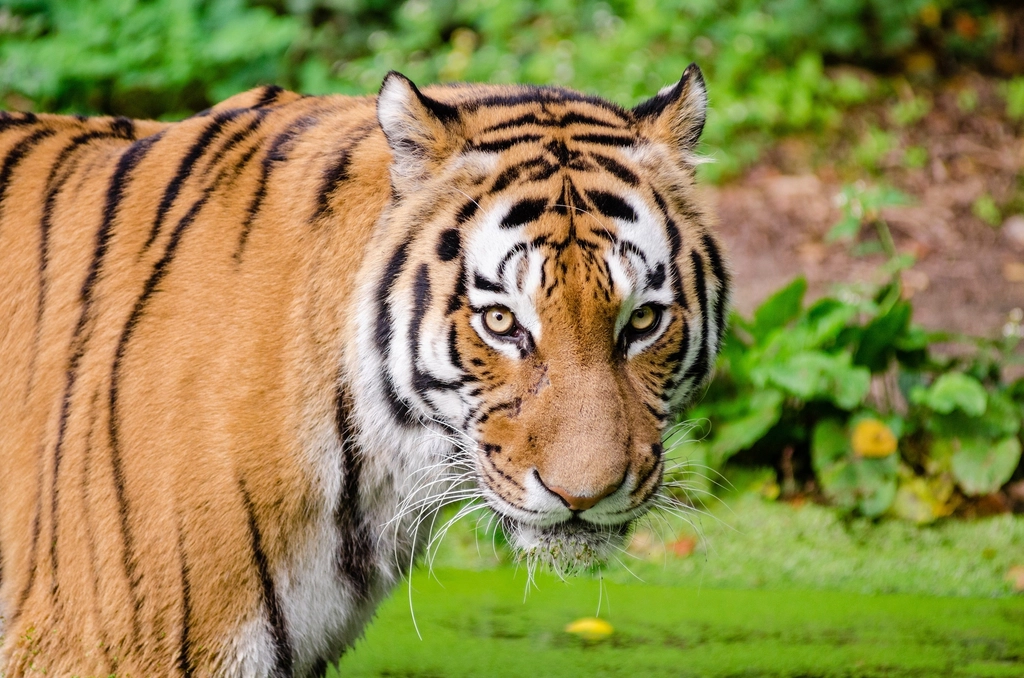
Not all the news is grim. In some places, tiger ranges are growing. GPS data has captured the return of tigers to areas where they’d vanished for decades. These comeback stories are a tribute to hard work—anti-poaching patrols, habitat restoration, and community support. Every new paw print in a forgotten forest is a tiny miracle. These successes prove that with enough will, decline isn’t inevitable. The future can still be wild.
Cultural Connections

Beyond science, tigers are woven into the heart of many cultures—symbols of power, beauty, or danger. GPS data brings a modern twist to ancient stories, showing how tigers move through landscapes both real and imagined. In some places, local legends help protect tigers; in others, fear breeds conflict. The data reminds us that conservation is as much about hearts as it is about habitats. Tigers live not just in forests, but in stories, songs, and dreams.
Learning from the Past
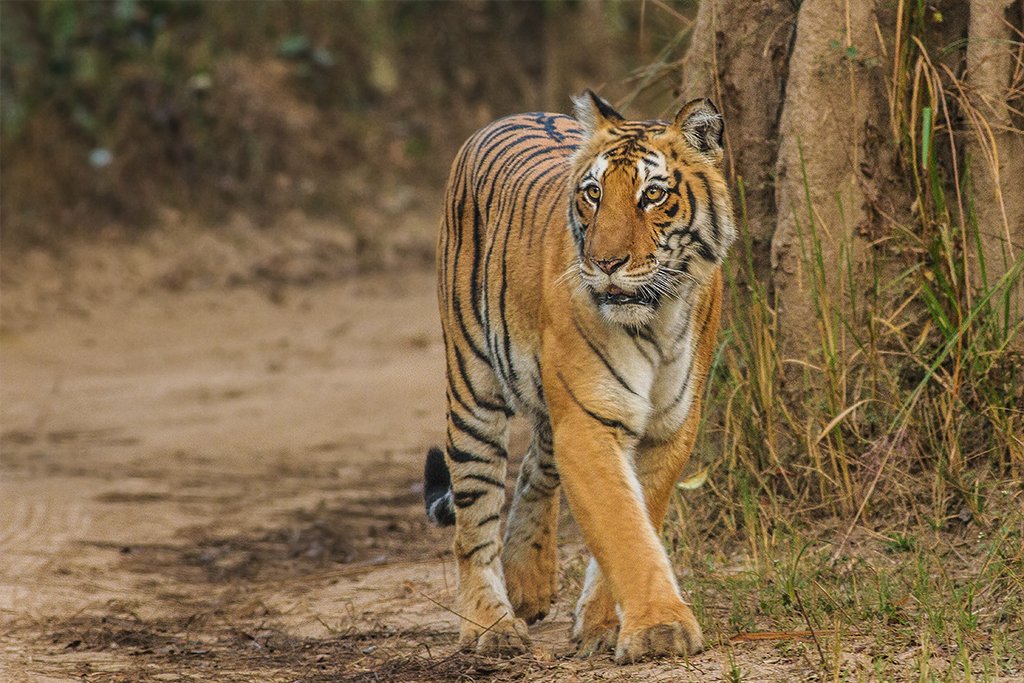
By looking back over 20 years of GPS data, we see not just what’s been lost, but what can be saved. Patterns emerge—places where tigers hang on, and where they vanish. These lessons shape new strategies: where to focus protection, how to link habitats, when to involve communities. The past is a teacher, if we’re willing to listen. Every data point is a memory, a warning, and a hint at hope.
A Future Written in Footprints
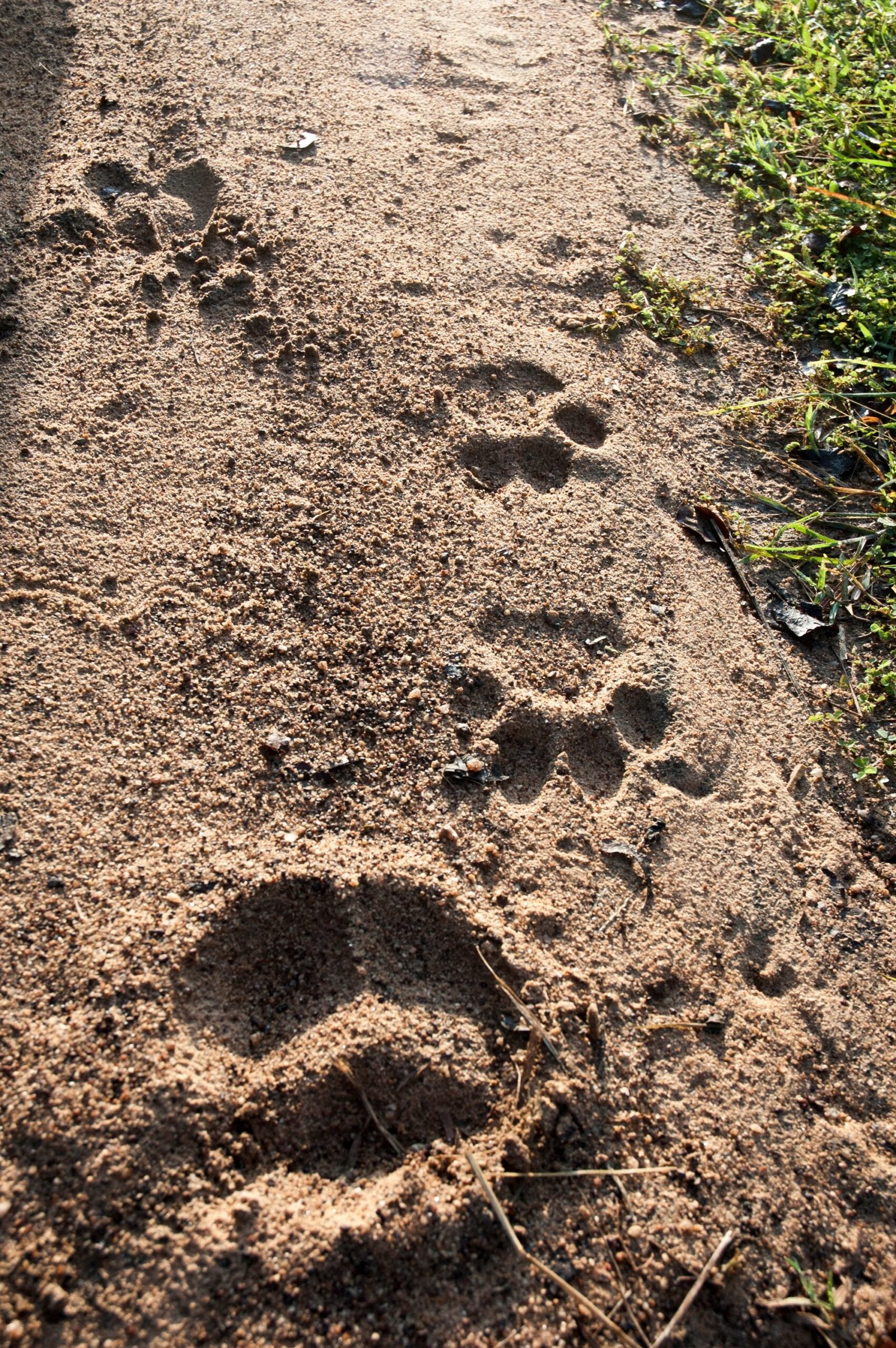
The story of tiger range decline isn’t finished. Each new track, each signal from a collared tiger, adds another chapter. The choices we make—in forests, villages, and cities—will decide what comes next. The data is clear: tigers need space, safety, and kindness. But above all, they need us to care. As we trace their ancient paths with the tools of today, one thing remains unchanged: the wild beauty of a world where tigers still roam.
Conclusion

There’s something magical, almost electric, about sharing a planet with tigers. Their presence stirs the soul and reminds us of all that’s wild and precious. Twenty years of GPS data has shown us both loss and hope: shrinking ranges, silent forests, and yet, also resilience and recovery. Each tiger’s journey is a testament to survival against the odds. If we listen to what their wanderings tell us, maybe we can ensure that future generations will still know the thrill of wild stripes in the forest shadows. What part of their story surprised you the most?

Suhail Ahmed is a passionate digital professional and nature enthusiast with over 8 years of experience in content strategy, SEO, web development, and digital operations. Alongside his freelance journey, Suhail actively contributes to nature and wildlife platforms like Feline Fam, where he channels his curiosity for the Feline into engaging, educational storytelling.
With a strong background in managing digital ecosystems — from ecommerce stores and WordPress websites to social media and automation — Suhail merges technical precision with creative insight. His content reflects a rare balance: SEO-friendly yet deeply human, data-informed yet emotionally resonant.
Driven by a love for discovery and storytelling, Suhail believes in using digital platforms to amplify causes that matter — especially those protecting Earth’s biodiversity and inspiring sustainable living. Whether he’s managing online projects or crafting wildlife content, his goal remains the same: to inform, inspire, and leave a positive digital footprint.






